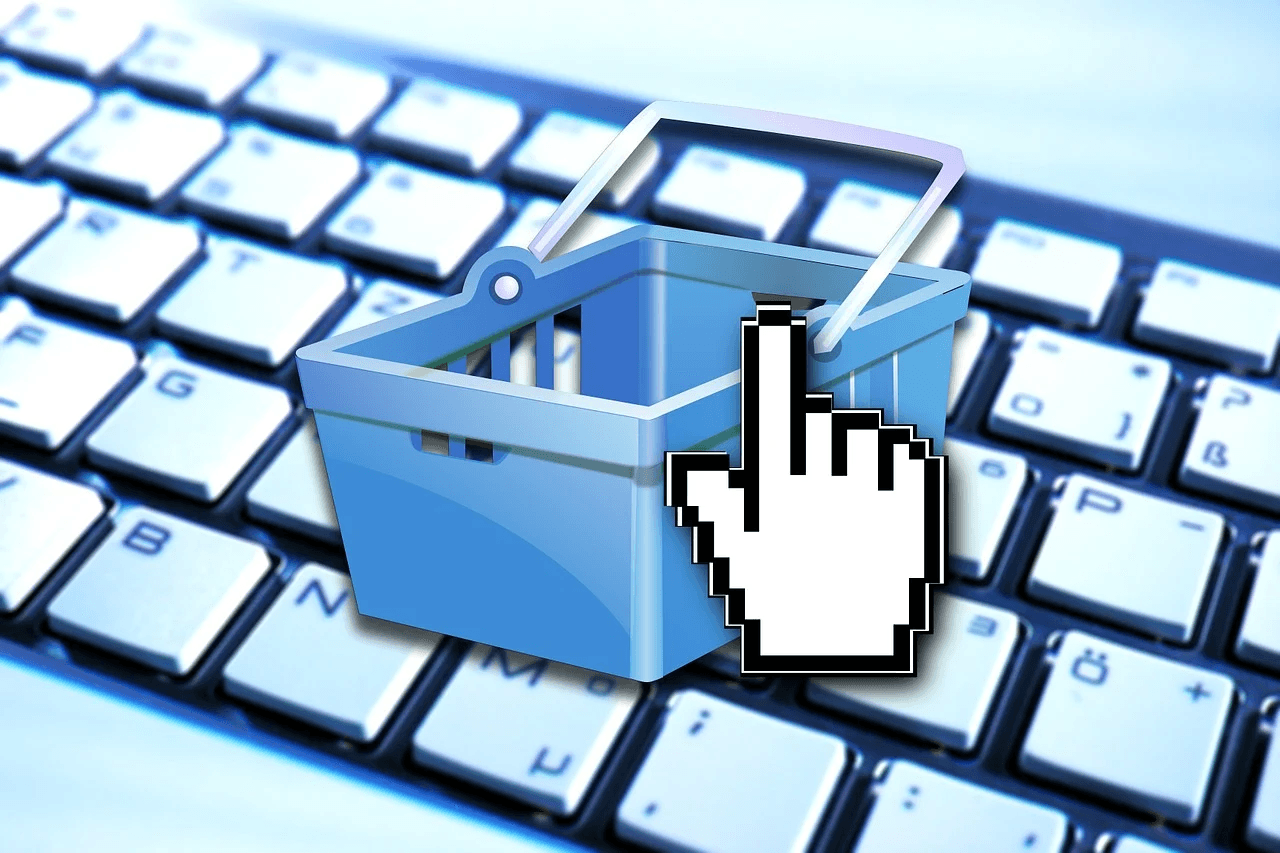Retail 2.0: How AI in Retail Stores Is Transforming the Industry
The retail world is moving quickly, and AI in retail stores is at the heart of pretty much every major innovation we're seeing. From streamlining operations to delivering smarter customer experiences, retail AI is redefining how stores drive efficiency and growth. What was a $158.9 billion market in 2023 is on track to hit $1.56 trillion by 2033, expanding at a CAGR of 8.9%.
And North America is setting the pace, commanding 34.2% of the market share as retail giants double down on AI to stay ahead.
In this article, we’ll explore how AI is reshaping retail, the strategies that matter, and the ROI it delivers at the enterprise level.
Four Ways AI in Retail Stores Is Changing Modern Operations
Retail enterprises face growing challenges that traditional solutions can't keep up with.
According to McKinsey, AI is now mainstream, with 85% of enterprises projected to adopt these technologies. This widespread adoption is focused on four key applications that deliver measurable impact:
- Intelligent Inventory Management and Demand Forecasting
- Customer Experience Personalization
- Supply Chain Optimization
- Smart Store Operations
Let's look at how major retailers are implementing AI to achieve tangible results.
Intelligent Inventory Management and Demand Forecasting
Retailers use AI to optimize stock levels and anticipate demand fluctuations. Walmart's AI-driven inventory management system, for example, analyzes a combination of historical sales data, online search patterns, and external factors like weather and economic trends. This comprehensive analysis spans their network of 4,700 stores and distribution centers, enabling automated stock adjustments that reduce overstock, minimize waste, and improve sell-through rates across their entire retail ecosystem.
Customer Experience Personalization
AI-driven personalization has now advanced to sophisticated customer journey optimization. Amazon analyzes customer behavior patterns, purchase history, and browsing data across its catalog of over 300 million products.
Their AI systems go beyond basic "recommended for you" suggestions by delivering contextually relevant recommendations based on specific shopping patterns and needs. For fitness enthusiasts, this might mean highlighting workout gear with particular features, while parents might see age-appropriate toy suggestions during gift-buying seasons. Amazon's AI also intelligently reorganizes product descriptions to emphasize attributes that matter most to individual shoppers, making their specific search criteria immediately visible.
And it’s working. AI-powered personalization is driving 6-10% revenue growth for retailers by refining recommendations with precision. When every interaction feels tailor-made, engagement skyrockets, and so do conversions.
Supply Chain Optimization
Target uses AI to streamline its supply chain operations and enhance logistics management. Their system processes real-time data on inventory levels, shipping schedules, and market demand to optimize delivery routes, reduce transportation costs, and maintain efficient stock distribution.
This integration has significantly improved delivery capabilities, with up to 40% of Target Last Mile Delivery orders now arriving the next day. The AI-powered sortation network enables Target to process approximately 1,500 packages per hour at each facility, demonstrating how technology investments directly translate to improved customer service and operational efficiency.
Smart Store Operations
AI-powered technologies are blurring the lines between digital and in-store experiences.
Sam's Club is demonstrating this convergence in their 2024 Grapevine prototype store. Their approach connects physical browsing with digital purchasing – customers scan products with their mobile app while shopping, encounter AI verification systems instead of checkout lines, and use QR codes to order larger items for delivery. This creates a hybrid experience where the physical store becomes an interface for digital commerce, merging the immediacy of retail with the convenience of e-commerce.
What It Takes to Implement AI in Your Retail Stores
Successful AI implementation in retail requires a carefully orchestrated approach across three critical domains:
- Technical infrastructure,
- Data strategy, and
- Organizational change management
Let's explore the essential considerations for each area to ensure your AI initiatives deliver tangible business outcomes.
Technical Infrastructure Requirements
Start your AI journey by evaluating your existing systems' readiness for integration. You'll need:
- Scalable cloud solutions to manage AI workloads efficiently. Hybrid cloud approaches can offer flexibility, balancing on-premises systems with public cloud services.
- Secure data storage that maintains accessibility and integrity while managing the volume of customer and operational information
- Integration frameworks to connect AI systems with existing retail technologies, such as point-of-sale systems and inventory management platforms. This interoperability is essential for real-time data exchange and cohesive operations.
- Hardware upgrades where necessary to support AI processing requirements, ensuring that computational resources align with the demands of AI algorithms.
Data Strategy and Management
With infrastructure in place, focus on transforming raw data into actionable retail insights:
- Create unified data collection across all customer touchpoints (both online and offline) to develop a complete view of shopping behavior
- Establish governance protocols that ensure data quality and security while standardizing definitions and ownership.
- Deploy analytics platforms like Databricks or Dask that can process large datasets, unify disparate information sources, and enable parallel processing for faster inventory optimization
- Implement privacy measures that protect customer information while enabling AI functionality
The importance of robust data analytics is reflected in industry adoption patterns, with machine learning algorithms capturing a 42% share of the AI in retail market in 2023—the largest technology segment in the space.
Change Management and Staff Training
Technology alone won't drive success — your people are crucial. Address the human element through:
- Early engagement with staff to address concerns about AI's impact on their roles
- Clear communication about how AI will augment human capabilities rather than replace them, emphasizing the enhancement of roles and the creation of new opportunities.
- Development of internal champions who can advocate for AI adoption and support their peers through the transition.
Start with pilot projects to demonstrate AI's value and build confidence among stakeholders. This approach allows for risk-managed experimentation and showcases quick wins, paving the way for broader implementation.
Remember to maintain flexibility in your implementation approach. Regular assessment and adjustment of your AI strategy ensures alignment with evolving business needs and technological capabilities.
Build feedback loops into your implementation process to capture insights from both technical performance and user experience.
Measuring Your ROI from AI in Retail Stores
Tracking the ROI of AI implementations in retail requires a structured approach focused on specific metrics and comprehensive cost-benefit analysis. Here's how to effectively measure the business impact of your AI initiatives:
Key Performance Indicators
To evaluate your AI efficiency, monitor these critical retail KPIs:
- Revenue Metrics: Track AI-driven sales growth through personalization, which typically shows a 10-15% increase in revenue when properly implemented.
- Operational Efficiency: Monitor inventory turnover rates and stock accuracy, with leading retailers achieving up to a 15% reduction in overstock.
- Customer Metrics: Measure improvements in customer satisfaction scores and reduced acquisition costs through AI-optimized marketing.
- Process Automation: Calculate time saved and error reduction in automated operations.
Cost-Benefit Analysis Framework
Your analysis should consider both immediate and long-term financial impacts:
Direct Costs:
- Initial technology investment
- Implementation and integration expenses
- Ongoing maintenance and updates
- Staff training and development
Benefits Assessment:
- Quantifiable Benefits: Calculate direct cost savings from automated processes, reduced waste, and increased sales efficiency.
- Qualitative Benefits: Consider improved customer experience, enhanced decision-making capability, and competitive advantage.
According to industry studies, organizations implementing AI have realized an average ROI of $3.7 for every dollar invested, with top performers achieving returns as high as $10.3.
To maximize your AI investment's impact, establish clear baseline metrics before implementation and track progress against specific business objectives. Focus on metrics that directly align with your strategic goals, whether that's operational efficiency, customer engagement, or revenue growth.
Consider both short-term gains and long-term strategic advantages when calculating ROI. According to Box's analysis, retailers who take this comprehensive approach to measuring AI ROI are better positioned to justify and expand their AI investments.
Let's Talk About Your Retail AI Journey
Ready to bring AI into your retail business? Whether you're exploring AI for inventory management, customer personalization, or automation, the right strategy makes all the difference. Our team has helped retailers move from planning to real results—faster.
📩 Let’s talk about your AI roadmap. Email us at hello@coderapper.com or book a quick consultation to see how to drive AI efficiency and growth in your store.
FAQs
How does retail AI improve customer experience?
Retail AI enhances customer experience through frictionless checkout, personalized shopping recommendations, and optimized inventory management. AI-powered kiosks reduce wait times, while in-store assistants offer tailored product suggestions based on real-time shopper behavior, leading to higher conversion rates and improved customer satisfaction
How Does Zara Use Retail AI?
Zara uses retail AI for trend forecasting, supply chain management, and enhanced customer experiences. Their AI-driven analytics predict fashion trends by analyzing social media and sales patterns, while RFID-powered automation ensures real-time inventory tracking. In stores, AI speeds up checkout and powers AR fitting rooms, allowing customers to try on outfits virtually before purchasing.
How AI is used in retail & what's the future?
The retail AI market is expected to reach $1.56 trillion by 2033, driven by generative AI, autonomous retail systems, and AI-powered robotics. Retailers are using AI for hyper-personalization, operational automation, and data-driven decision-making to enhance customer experience and supply chain efficiency. Here are some of the emerging trends -
- Generative ai for retail in Product Design & Marketing - AI is now being used to create new fashion designs, marketing materials, and automated product descriptions, reducing time-to-market.
- Multimodal AI for Advanced Customer Insights - AI can now process text, images, and video data together, enabling better product recommendations, fraud detection, and predictive analytics.
- Autonomous Retail & Checkout-Free Stores - AI-powered computer vision and LiDAR are enabling frictionless shopping experiences, such as cashier-less stores and automated inventory tracking.
- AI-Driven Robotics in Warehousing & Logistics - Advanced AI-powered robots are automating sorting, packing, and delivery operations, reducing errors and improving efficiency.
- AI-Powered Retail Management Tools - AI is optimizing staff scheduling, inventory control, and operational decision-making, ensuring cost savings and improved store performance.
How Does H&M Use AI?
H&M uses AI to forecast fashion trends, personalize shopping experiences, and streamline supply chain operations. AI-driven demand forecasting improves inventory accuracy, while advanced analytics track global fashion trends to guide future collections. Additionally, AI-powered supply chain automation cuts lead times, reduces waste, and optimizes logistics efficiency




